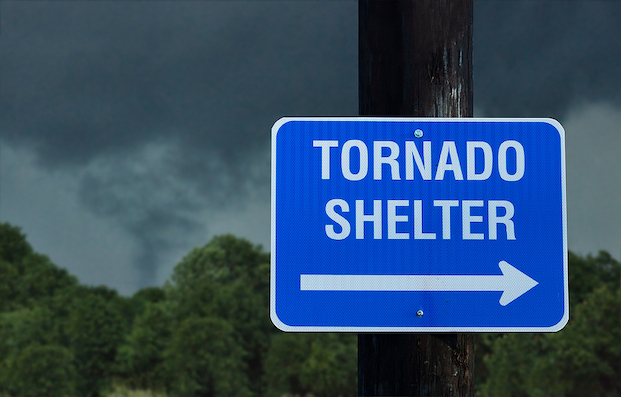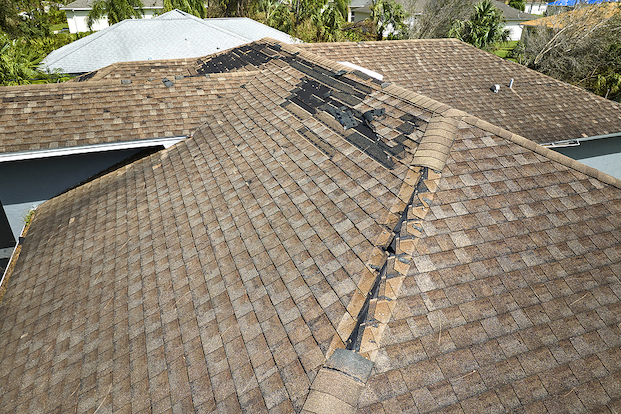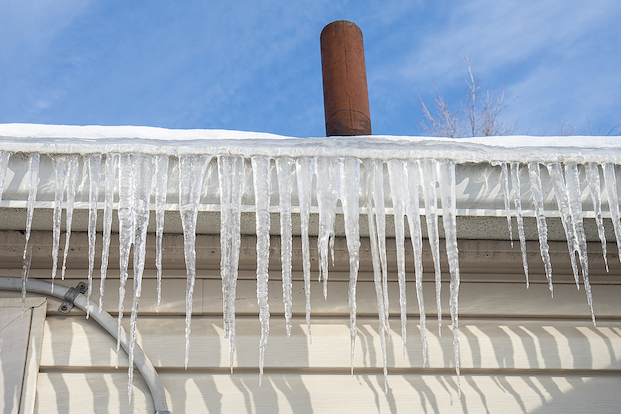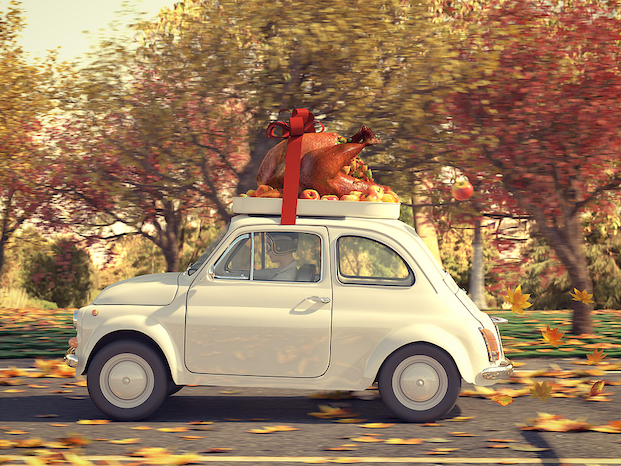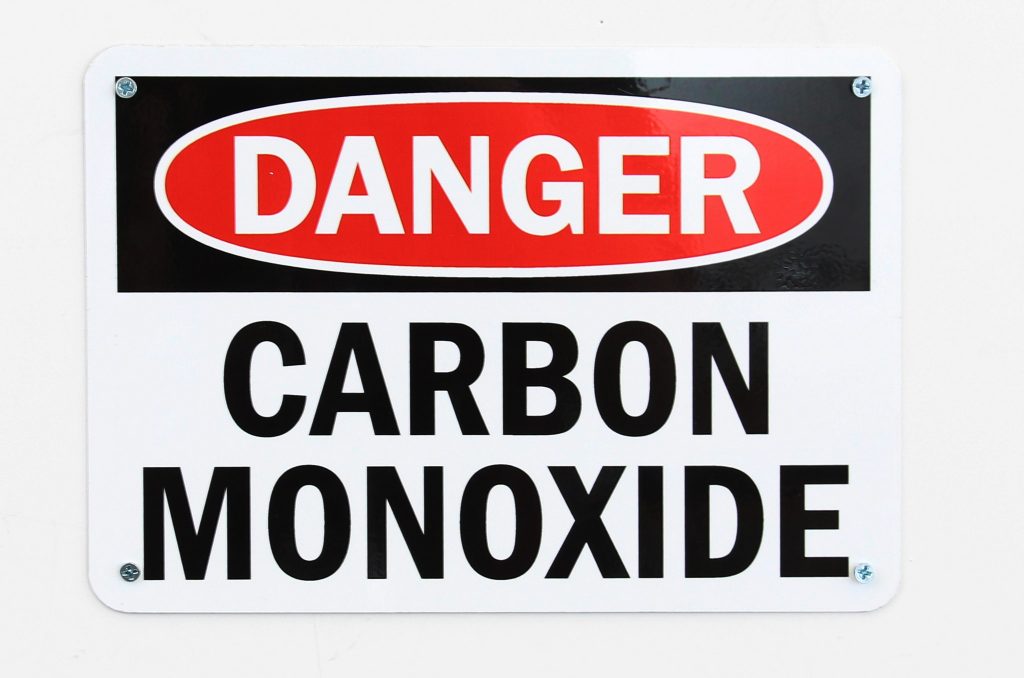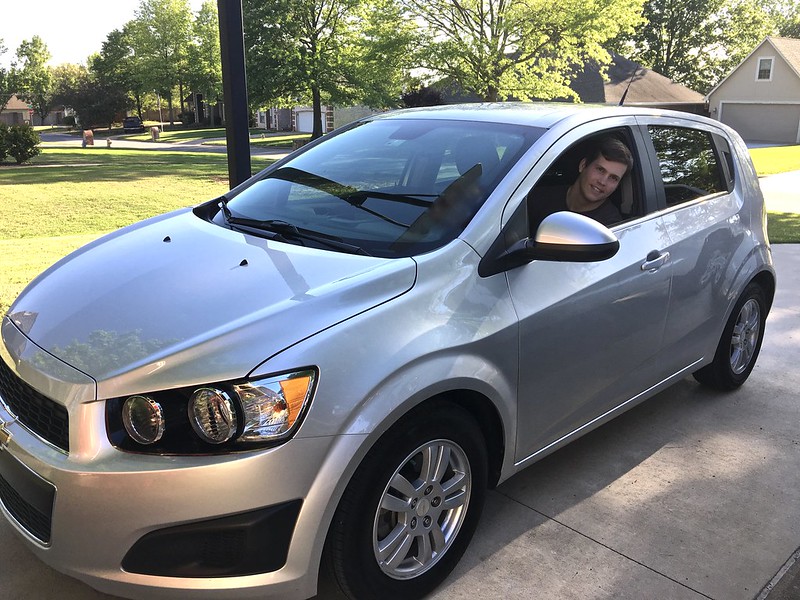8 Tips to Plan a Beautiful Summer Wedding
Summer weddings are popular! If you’re one of the many people planning a wedding at this busy time of year, these tips can help.
June and August are two of the most popular wedding months. Warm weather and flowers make weddings more fun and more beautiful. Summer can be challenging, while reserving the venue and other services can be tricky.
Knowing how to manage the many challenges of planning a summer wedding can help make your big day a success. Here’s what to know about planning a beautiful summer wedding.
1. Set Your Budget
Spending too much on your wedding is easy, especially in the summer. Getting married at a time of year can mean paying more for photography, catering, and the venue. Set a budget before signing any contracts or choosing a venue. Once you know how much you can spend, you’ll be better positioned to decide what you can afford.
2. Start Planning In Advance
Venues and services get booked far in advance for summer weddings. Start planning your wedding at least one year ahead of time to get the venue and other services you want.
3. Be Flexible About Your Date
It may take a lot of work to get the venue you want on the date you want, especially if you’re aiming for a Saturday wedding. If you’re flexible about your wedding date, it may be easier to get your event on the schedule.
4. Prepare for Heat or Rain
It might be hot on the day you get married. Or, it might rain. Or both things could happen at once! If you’re planning an outdoor wedding or reception, heat and rain can impact everything from your hair to the quality of your food. Be prepared in advance for all types of weather.
5. Provide Shady or Indoor Locations
You might be planning an outdoor wedding, so provide your guests with sheltered areas where they can escape if the sun is burning or a misty rain falls. You might provide a tent, an indoor facility, or both.
6. Have Your Wedding During the Cooler Parts of the Day
Midday might seem like a logical time to get married, but it might also be the warmest. Planning your wedding for the morning or evening will allow you to escape the worst of the heat, so you can focus more on the ceremony and less on how hot it is.
7. Dress for the Weather
Some outfits are more comfortable in hot weather than others. Here’s what to watch for when choosing a dress or suit for the day:
- Skip the train. The train on your dress may weigh it down and make you less comfortable. Avoid dresses with too much fabric.
- Wear lightweight (and light-colored!) fabrics. Breathable fabrics will allow you to stay cool without sweating through your clothes, while light-colored fabrics will reflect the heat into the air rather than absorbing heat throughout the day.
- Wear a crown of paper flowers (not real ones). If it’s too hot for a flower crown (which might wilt in the summer heat), consider a crown of paper flowers – or a tiara instead.
8. Consider Wedding Insurance
You can benefit from multiple types of wedding insurance at your summer wedding. Some types of wedding insurance cover injuries and others reimburse for cancelations or postponements. Both can be beneficial under certain circumstances. Call your insurance agent today to learn more.


